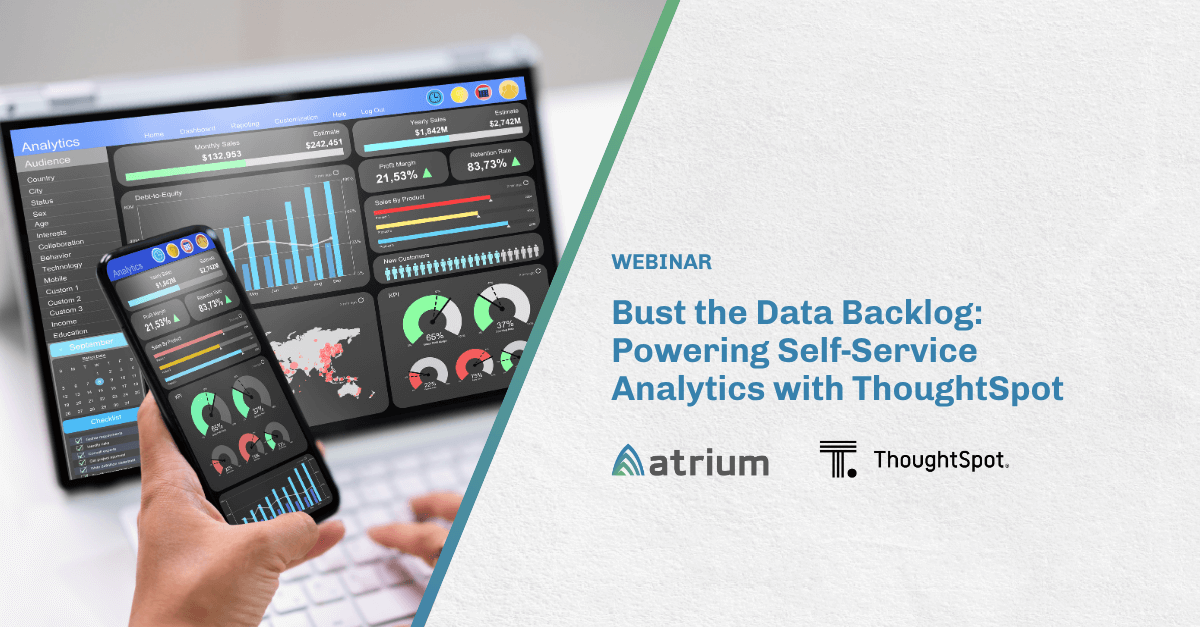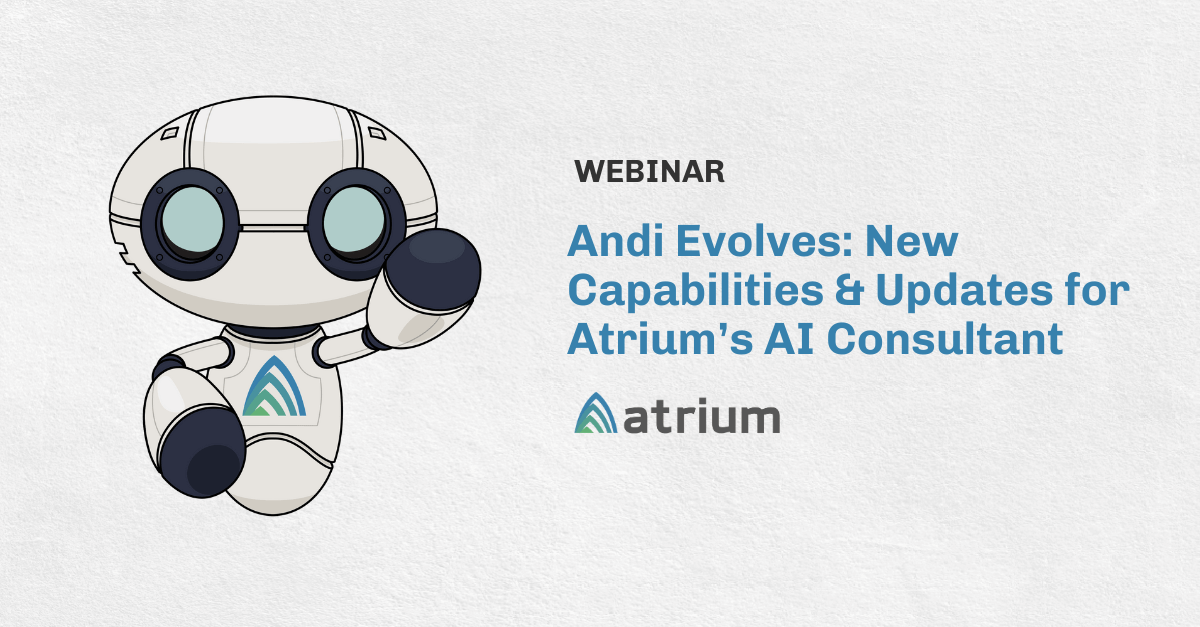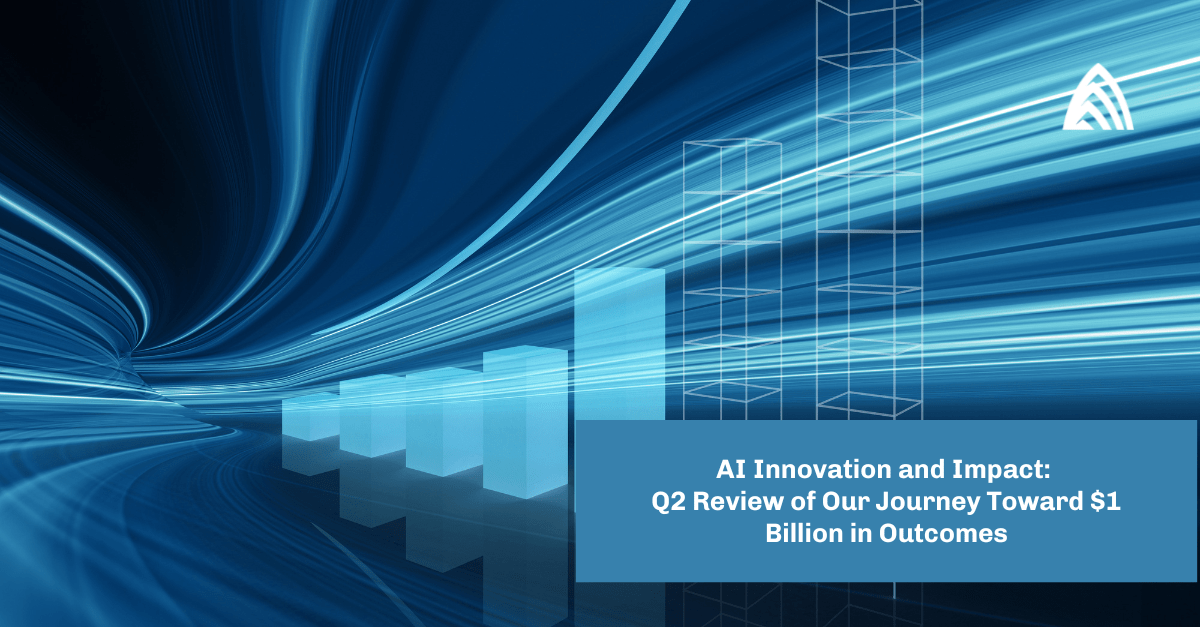Tableau CRM, formerly Einstein Analytics, was originally purpose-built as a source for aggregating Salesforce data and surfacing this data (in tables and visualizations) with the option for rapid faceting. As the tool has grown, and with the notable inclusion of Einstein Discovery, Tableau CRM has come into its own as a one-stop-shop for your Salesforce data and beyond.
With every new release, Tableau CRM is being enhanced to economize dashboard and predictive model build and deployment. Many of the Summer ‘21 features are exciting for data scientists, who will appreciate the acceleration of their exploratory data analysis activities.
Impactful technical features released
Salesforce output node
For the purposes of operationalizing Tableau CRM models, the Salesforce Output Node represents a big leap in efficiency and unity of data. Those who have worked in Tableau CRM will know that their Salesforce (SFDC) data sits in a distinct space from their Tableau CRM data. Data is synced in to Tableau CRM to feed dashboards or generate training data for a predictive model. The features engineered within a Dataflow or Recipe in Tableau CRM live in that cube and are accessible through API callouts from SFDC to Tableau CRM. For example, most Einstein Discovery scoring methods use the managed Writeback Package or Change Data Capture from within a Salesforce workflow to request a new score at the time that a record is updated. In the Summer ‘21 release, the Salesforce Output Node will become generally available in Data Prep 2.0 (as well as Dataflows). With its inclusion as a write-out option, the same recipe that generates data to support your dashboards can also write data directly to object fields in SFDC. Because the Prediction node has been previously included, this introduces a wholly new way to push scores onto records in Salesforce. Crucially, if there is any level of complex feature engineering that would go into preparing Salesforce data for scoring, that load can be borne via Tableau CRM computation rather than cumbersome Apex. Another benefit of this approach is that data written to Tableau CRM for visualization via dashboarding is kept in-sync with data that sits on the object records in SFDC, thereby more strongly unifying the data across the cubes. From the perspective of a data scientist trying to quickly prototype scoring solutions and maintain data unity, this is a very exciting prospect.
Imputation
If there’s one thing abundant in CRM-originating data, it’s missingness. This is most often due to fields that are not reliably, or not yet, filled in. Missingness can arise from bottom-up or top-down changes in sales processes, incomplete change-management, or a complex web of data capture activities with no data lineage. Missing data can make for models that fail to capture high-level and important trends, or worse, leaky features that can throw off predictions. Imputation is the process of using relevant, existing data to fill in missing fields. One method is simple mean imputation, which involves filling in a null field value with the average value of that field across the population. Model-based imputation is another common method. This option builds a statistical model in the background to predict the missing value from other relevant data. Imputation as a pre-processing step in Data Prep 2.0 will be available as of the Summer ‘21 release, accelerating the speed-to-value proposition that is foundational to Einstein.
Fuzzy matching
Less-than-clean data present their own challenges to data scientists. Free text forms, for example, can make a country with 50 states turn into a field with 500 distinct values. It’s unlikely that your model will find anything but noise in such a categorical variable. Built directly into the Einstein Discovery Story setup wizard and available in the Summer ‘21 release, categorical features that may have high cardinality can be rolled up via fuzzy matching — a process by which similar words (“Boston”, “boston”, and “Bahstahn”, for example) are assigned to a common bucket. Traditional approaches have had us perform this transformation in a rules-based fashion, in Apex or externally, for instance, which consumes more time in the data-to-model pipeline.
Maintain filter logic in generating stories
Predictive modeling is more than just identifying a target variable and some inputs. It also includes impactful visualizing, meaningful exploration, clever sampling procedures, and iteration. Much of this data exploration is conveniently supported by the clicks-over-code Lens wizard in Tableau CRM. But once you’ve done your filtering and your exploration, you’re back to the drawing board when it comes to filtering your original dataset to build an Einstein Discovery story. Not so with the Summer ‘21 release, in which the data that feeds a lens, including the filter conditions, can be passed through directly to the Einstein Discovery Story wizard.
Recipe highlights
Here at Atrium, we hit the ground running with Data Prep 2.0 as soon as it became available. The enhanced transformation capabilities, clean UI, node-by-node preview of recipes, flexible joins and aggregations, and group by window functions have made Data Prep 2.0 the go-to solution for ETL relating to Tableau CRM resources. For those of us using predictive models, the inclusion of a node specifically built to run records through an Einstein Discovery prediction has quickly yielded a number of new approaches to data-driven intelligent experiences. Here are just a few of the exciting updates in the Summer 21 release.
Version control
Our solution teams are generally expected to maintain some version control for their daily work, often in the form of Github repos for code and documentation. But modern tools that include some level of version history tracking can streamline the development process and allow for low-risk experimentation without cluttering the org.
Time series predictions
Time series approaches to forecasting future values are crucially important in data science, and can often be subtle. Examples include tracking spend, demand, CSAT, or really any value relative to a customer that is dynamic over time. Suboptimal solutions tend to pick a line of best fit to model the value as a function of time. Literature to indicate that this approach is fraught abound, but we still want a solution. Enter: time series now among the transformations available in a transform node. Using Holt-Winters (additive or multiplicative depending on data conditions), the new functionality will produce new rows with forecast values and error bounds based on your chosen confidence threshold.
Clustering
Descriptive analytics often concerns the difference between samples based on static features. For example, a firm’s opportunities in the health care vertical may take longer to close than those in the marketing vertical. Interesting insight, and actionable in the sense of setting expectations. But an opportunity health model, for example, may not natively be able to distinguish staleness from just naturally longer opportunities. Key to having a health-type score (measuring propensity for success for in-flight opportunities, for instance) is ensuring that the training data representatives are expected to follow similar journeys. One way to ensure this is to use business information: what segmentation naturally exists in the business based on standard sales plays within different groups. But this information isn’t always enough or available. Cluster analysis allows data scientists to derive meaningful segmentation of data from collections of variables that may not initially be obvious from individual features. This analysis often leads to more meaningful predictive models in turn.
Discovery
Multiclass classification
Multiclass classification is being piloted in the Summer ‘21 release. What pain point does it solve? Well, the current models support binary classification (that is, predicting whether an outcome is “Yes” or “No”; “True” or “False”; “Won” or “Lost”), Discovery will now be piloting multiclass classifiers, whose goal is to predict one of a number of different outcomes. Sample use cases might include: Prediction of whether an opportunity will close+win within one month, six months, one year, or not at all; prediction of the next stage that an opportunity will move to; support ticket escalation (which service group should you send a case to?); predicting student interests; and predicting donor activity for non-profit organizations (regular and frequent, irregular, once-per-year, high-value, etc.). This is just a sampling of the menu of solutions that can be supported with multiclass classification.
Analytics
Copy and paste widgets across dashboards
With Salesforce’s Summer ’21 release, dashboard maintenance just became a whole lot easier. Tableau CRM users can now copy widgets, such as text and charts, from one dashboard and paste them into another. The copied widget will keep the same styling and queries as the original one. This feature will boost productivity for developers who will no longer have to create multiple versions of the same widget across dashboards. It will also lower administrative overhead, as changes will only need to be made to the original query to affect other dashboards.
Enhanced text formatting in Tableau CRM
Also, brand new to this year’s summer release is the ability to enhance and format the text on Tableau CRM dashboards. Users can now italicize, bolden, and change the size and color of the text on dashboards. The text has been made dynamic as well and can now be tied to queries that change the formatting of the text based on values in the data. Enhanced text will allow Tableau CRM customers to better match their branding and enrich the story that their data can tell.
Contact us for help getting the most value out of Tableau CRM.








